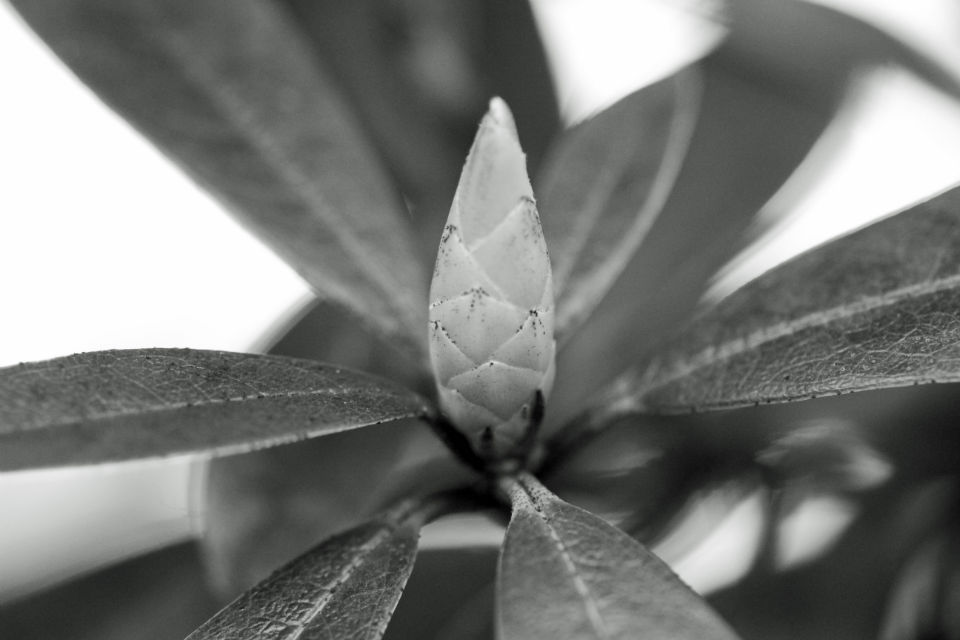Photography as a Conservation Tool
The International League of Conservation Photographers
In an ideal world, scientists should pin all their hopes on carefully presented graphs, charts, tables and data.
Presenting sound evidence should be enough to convince policy makers and the public of the benefits of conservation.
But rightly or wrongly, sometimes that isn’t enough.
I’ve spoken to a lot of audiences about conservation and science, most recently focusing on the Dhofar Mountains. The hundreds of species of birds, the rare and little studied reptiles, the frankincense forests and vivid landscapes… I show the evidence, collected over weeks in the field, for conserving this natural gem. But, nearing the end of the talk, it’s the faint black and white image of a wild Arabian leopard peering through the gloom that always seems to win them over with a collective gasp.
It’s the photographs that act as ambassadors for conservation projects around the world. They speak louder than any number of words in a report sitting unread on a desk. That’s why conservation photography is so important.
It’s an art too, and the photographers featured in the video above are surely at the top of their game. But perhaps the beauty is that now anyone can take photographs, anyone can tell a story and contribute to conservation projects that matter to them.
So, if you haven’t already, take a look at the projects the iLCP have undertaken around the world.
FLICKR: Inspiring Conservation Images
I run a little side project on flickr, attempting to gather together some of the best conservation fieldwork images on the internet-universe. You can join the group on this link.
Here’s a selection of the best images so far, complete with salamanders, wolves and scientists standing on landrovers.


